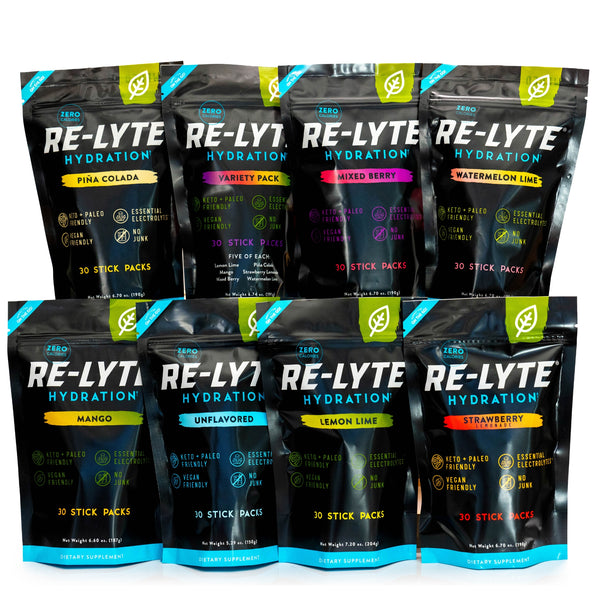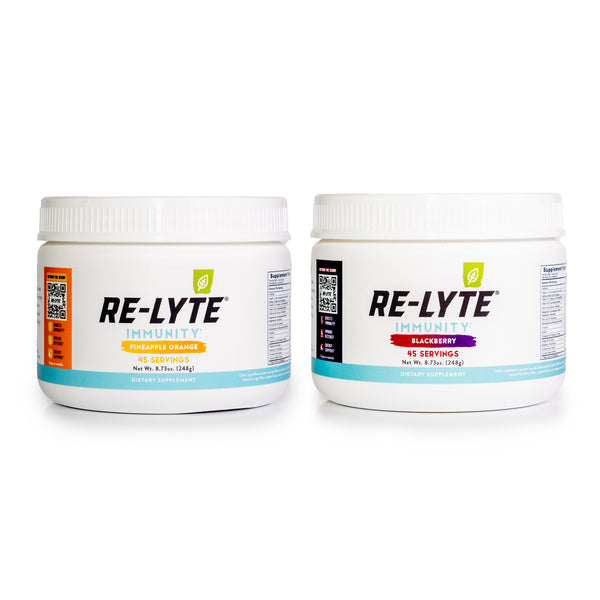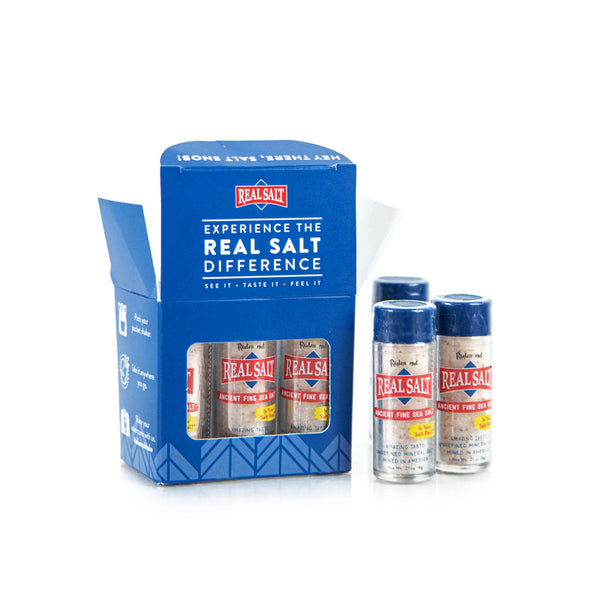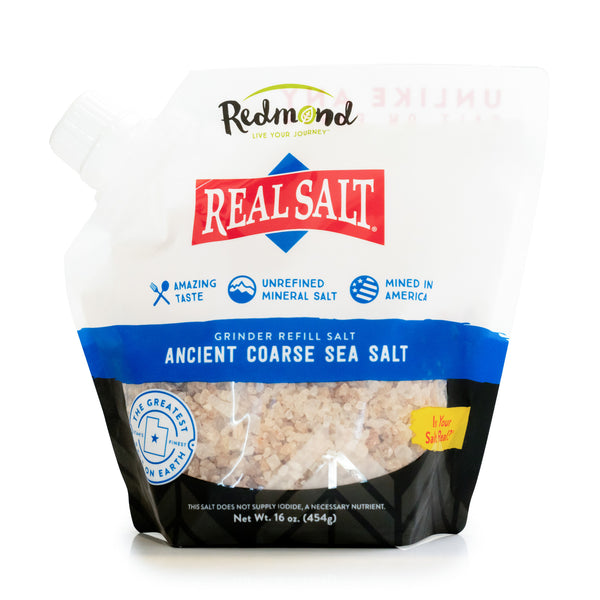Growing Plants in Limited Space

Article at a Glance:
- The health benefits of plants are well documented and you don’t need a backyard or access to a garden to enjoy the benefits.
- Many different plants can thrive in containers indoors or outside on a small porch or balcony.
- Determine how much light your space receives and use that information in deciding what plants to grow.
- More is not better when it comes to watering your plant friends. They do best if you let the soil dry a little (but not too much).
It’s spring! If you live in zone 9 or 10 (lucky you!), spring was probably months ago and maybe winter never came, but those of us in colder climates are anxiously watching the forecast for a safe time to bring our seedlings outside. You’ve probably seen articles discussing how gardening and neighborhood green space can reduce depression, anxiety, and stress. Some studies have found that post-operative patients who were exposed to plants, or merely had views of plants, experienced improved mood and a reduction in complications, pain, anxiety, and length of stay.
If your summer plans include lots of time out in a garden, be sure to stay hydrated. If you don’t have obvious gardening opportunities you still can be a plant parent and take advantage of some of the benefits plants have to offer without a garden-friendly yard or access to a community garden. Here are four tips for plant parenting in limited space.
1 – Containers Are The Key.
Almost any plant or vegetable you grow in a garden can be grown in a container if it has the right amount of light, water, and plant food. You can even grow fruit trees in containers. In general, the type of container doesn’t matter too much; the main requirements are that it drains well and is big enough for the plant to grow. For plants that will live outside, fabric grow bags are excellent containers because they drain well and allow for plenty of air in the soil (plant roots need to breathe, too!) without the need for extra holes. You can buy them online or make your own. Texas A&M has a helpful guide listing just a few of the vegetables you can try growing in containers and the minimum-sized container you need for those listed. But don’t think you must limit yourself to what is on the Texas A&M list; other edible plants such as potatoes, strawberries, herbs, certain types of raspberries, and more can thrive in containers. There is also an astounding variety of ornamental plants that can turn your porch, small yard, or indoor space into your own plant paradise.
2 — Do a Light Assessment.
Many indoor plants are adapted to low light; they will appreciate a sunny window or grow light, but often can survive without them. If you want to grow vegetables or flowering plants, the first step in your garden or plant parenting plan is to assess the quality and quantity of light in your space—which areas receive the most sunlight and how much do they receive? Start in the morning and check whether the different areas of your space—steps, driveway, balcony, windows, yard—receive full sun, partial sun, or full shade at different times throughout the day. It is best to check the light at 30 minute intervals unless you know it doesn’t change. It may surprise you to see how neighboring buildings, trees, or fences shade your space at varying times. If you do the assessment in late winter, you may need to do it again in late spring or summer because sunny spots will change due to the tilt of the earth and overhead trees getting their leaves.
Once you know where the sun will be, you can plan what to plant. A lot of indoor plants can handle a low-sun situation. Most, but not all, vegetables and fruit require “full sun” meaning they need more than 6 hours of sun per day. This includes tomatoes, squash, peppers, melons, and others that flower and form a fruit. But you still have a lot of options if your balcony or porch is partially shaded or only gets 3 to 6 hours of sun. Leafy vegetables (lettuce, spinach, chard, kale), many root vegetables (beets, carrots, radishes, garlic), and many brassicas (broccoli, cauliflower, bok choi, cabbage) grow faster with full sun, but will provide you with some homegrown veggies even if they are shaded for a portion of the day.
Growing vegetables can be tricky if your only sun is through a window, but don’t be afraid to experiment. The amount of heat and quality of the light that reaches a plant sitting behind a window depends on the type of window, thickness, number of panes, and what type of window treatments, if any. Grow lights can supplement natural light if needed and many are relatively inexpensive.
Pay attention to the temperature if your plants live next to a window. As your cat or dog can attest, that area can get really warm. It can even get hot enough to burn your plants. When you first start putting plants in windows that receive direct sun, put a thermometer there as well and keep an eye on how hot it gets.
3 — Don’t Drown Your Plants.
The most common mistake made by new plant parents is watering too often. It is an easy mistake to make—you love your new plant friend and want to shower it with love (water). But unlike your other pets, your plant does not need multiple meals a day or lots of water to stay hydrated. Plant roots actually breathe and need air like we do, but they get air from the tiny pore space in the soil. If the pores are constantly full of water, it can suffocate the plant unless it is adapted to staying wet.
How much and how often to water depends on the plant. For vegetables, water thoroughly until the soil is saturated and a little water comes through the bottom of the container (this is why you need containers that drain well); then don’t water again until the top inch of soil is dry. Some succulents may prefer their soil to get completely dry and only need a couple tablespoons of water once a week or even once a month. In contrast, plants adapted to tropical environments need the soil and surrounding air to stay moist. Pay attention to the watering instructions that come with the plant or seeds, keep track of when you water, and fight the temptation to give your plants more water than they need.
4 — Feed as Directed (which may be very little).
Plants are living, need nutrients to stay alive, and get those nutrients from the potting mix (also called growing media or soil) around their roots. When plants are growing in containers, fertilizers are a must because the roots cannot travel beyond the boundaries of the container to find nutrients. How much fertilizer a plant needs varies by plant and growing media. Many succulents may only need fertilizer once a year while vegetables and vigorous flowers may need it once a week. Plants are pretty forgiving, but overfeeding can kill them.
There are many different types of fertilizers with different N-P-K ratings, which is the percentage of nitrogen, phosphorus, and potassium. For example, 1 pound of 10-10-10 fertilizer has 0.1 pounds (about 1.6 ounces) of plant-available forms of nitrogen, phosphorus, and potassium and likely has smaller amounts of other nutrients. If you aren’t sure what your plant needs, a general use fertilizer is usually fine. You can look online to get a general idea of how often to fertilize your plant and then to follow the directions on the package for adding it to the soil.











